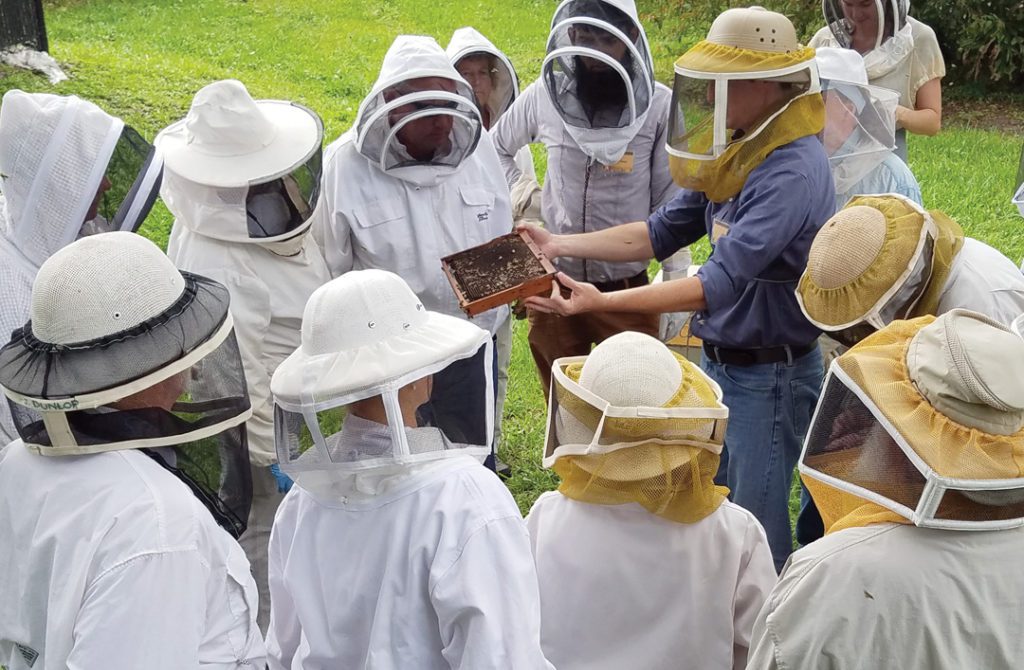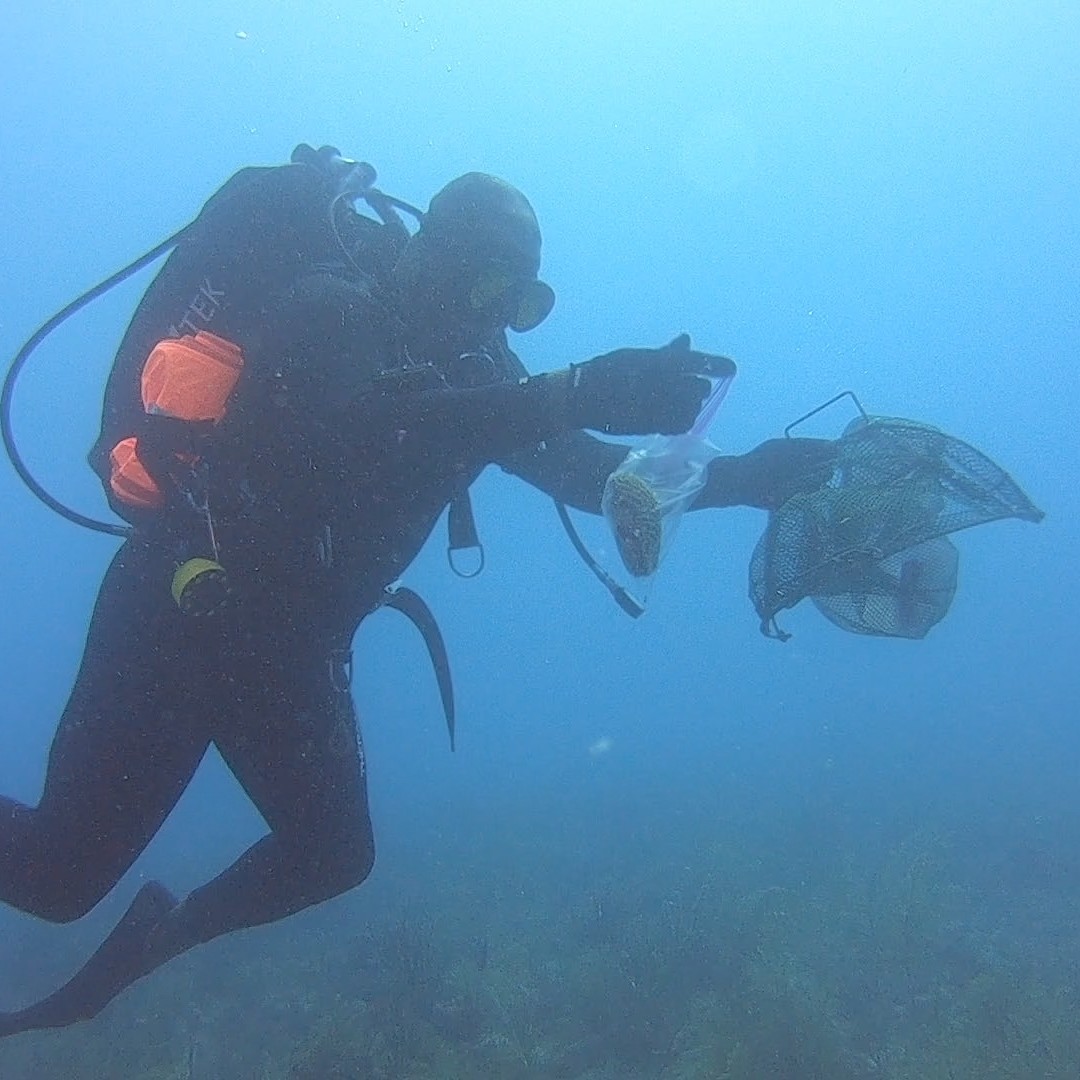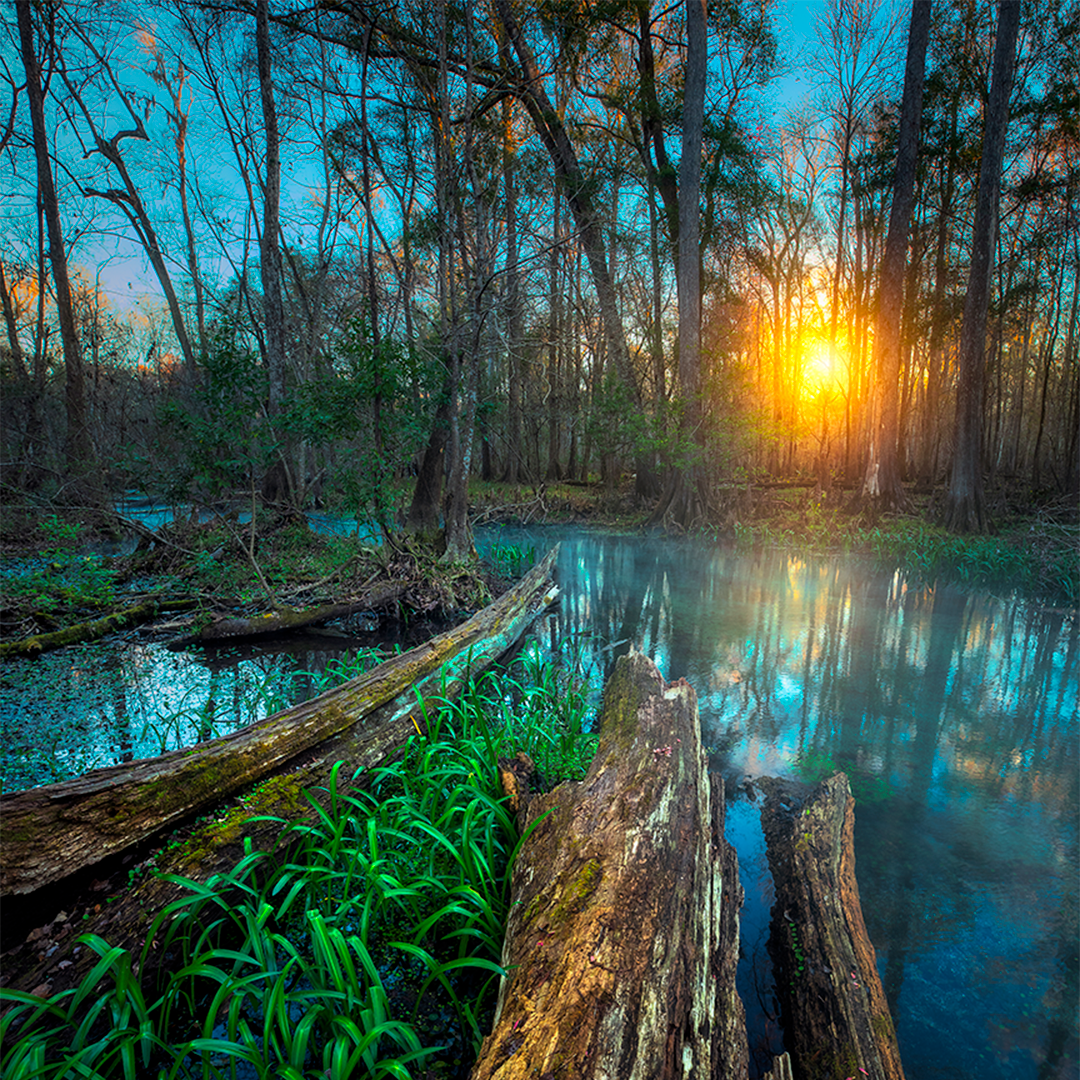by Eric Barton | March 2, 2020
What You Can Do To Save the Bees
Want to learn how you can help support the honeybee population in Florida? Here are a few ways to give the bees a boost (Plus, a few baffling facts)


Targeted Gardening: Your yard might just be the best place to help keep bees from trouble. Add native flowering plants that attract bees and install a water source.
Adopt a Hive: If a backyard colony isn’t in your future, several organizations offer the chance to financially adopt bees. The Pinellas Beekeepers Association, for instance, offers an adoption program. A $300 donation gets you six pounds of honey come harvest time.
Become a Beekeeper: A few hundred dollars and a hive check every couple weeks is generally all you’ll need to become an apiarist. Much of what you’ll need to learn can be found online nowadays. But most beekeepers recommend finding a local expert, such as the Beekeepers Association of Southwest Florida, which, like many regional clubs, offers workshops and meetups to help newbies get started.
THE SOMETIMES BAFFLING LIFE OF BEES
Beekeepers can spend a lifetime trying—and not always succeeding—to understand how honeybees work. Here are a few facts about bees to get you started:
- Worker bees live about 40 days
- Healthy hives have about 70,000 worker bees
- Worker bees produce a 12th of a teaspoon of honey in their lifetimes
- Hives also have a few hundred drone or male bees whose sole purpose is to mate with a queen
- Each hive has one queen who can live three to four years
- The queen is doted upon, fed a special diet of royal jelly, and forced to produce eggs at a rapid clip, with estimates ranging from 1,000 to 3,000 eggs a day
- When the queen’s production runs low, the hive will produce a handful of new queens who then battle it out for control
- After her birth, the queen heads out on a mating flight and meets up with drones from other colonies
- Bees send messages by pheromones, including alerting other bees of an intruder
- Returning workers do a “waggle dance” that tell other bees where to find food and water
- If a hive outgrows its home, it’ll grow a new queen and send one of the queens off with a portion of the hive, looking for a new home
- Humans have kept bees for 9,000 years
- One hive can produce 20 to 70 pounds of honey every year





